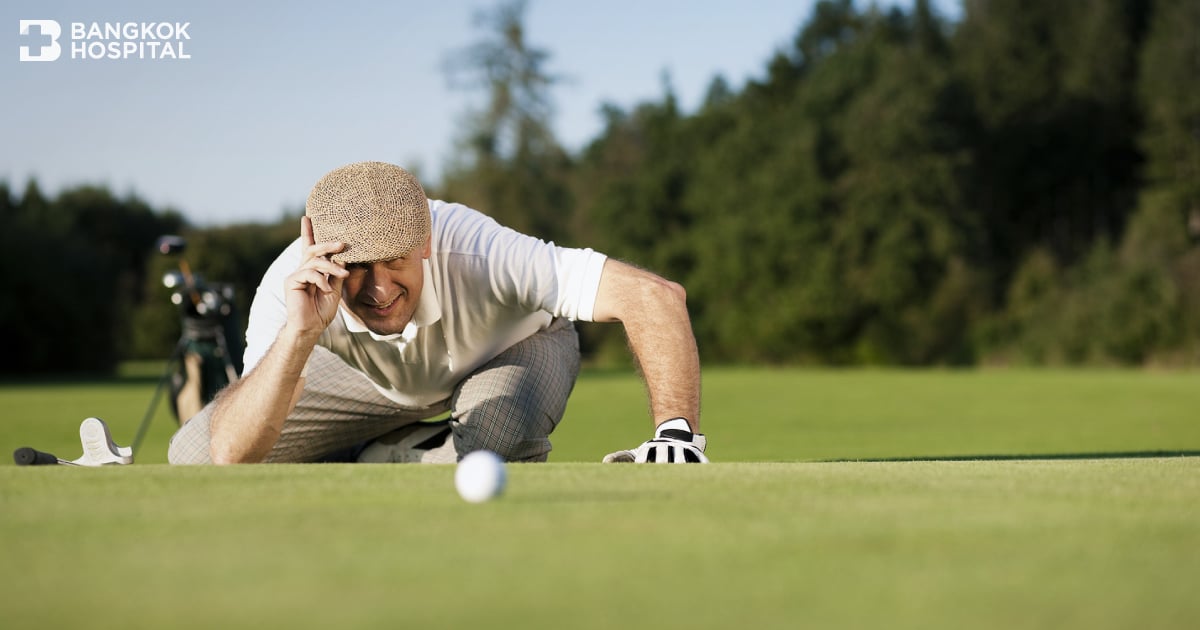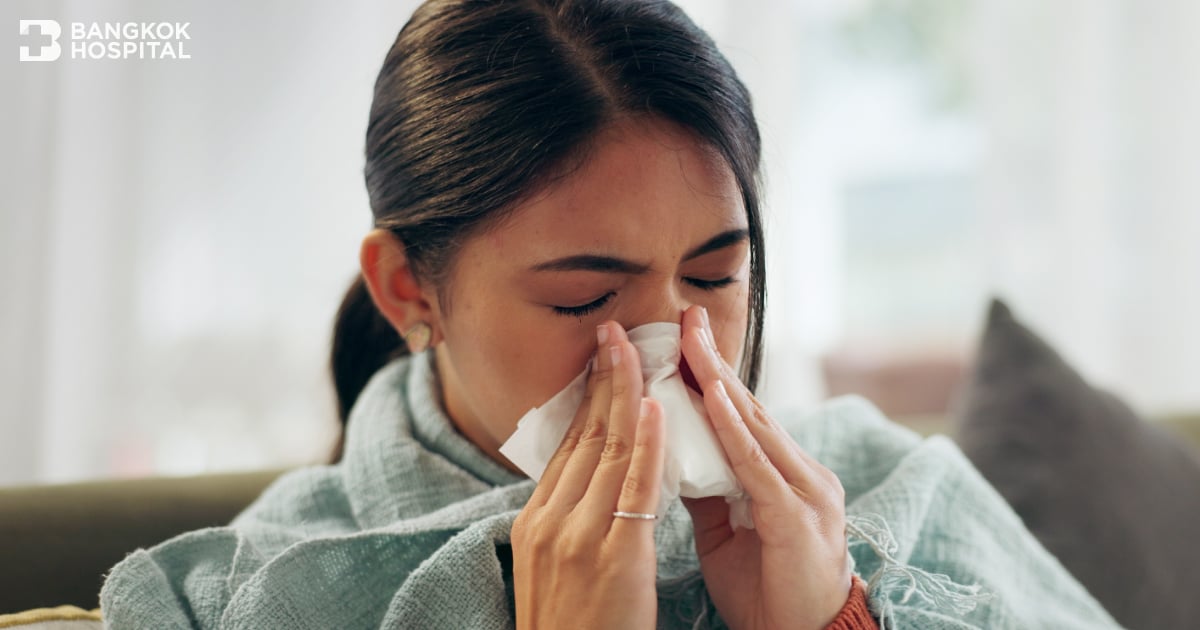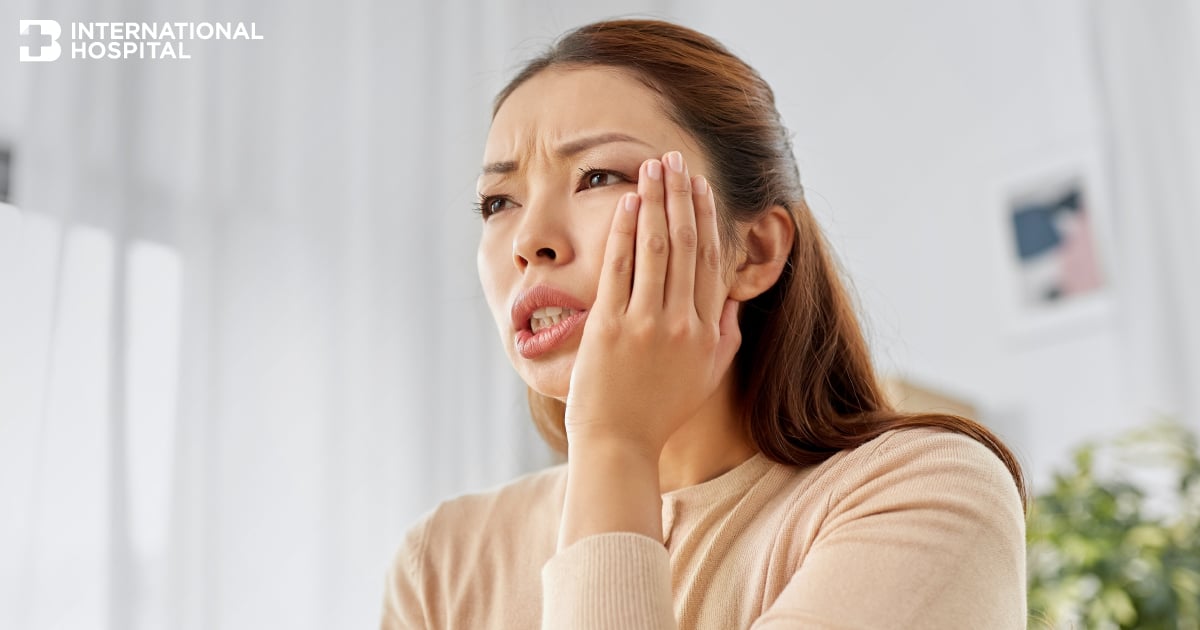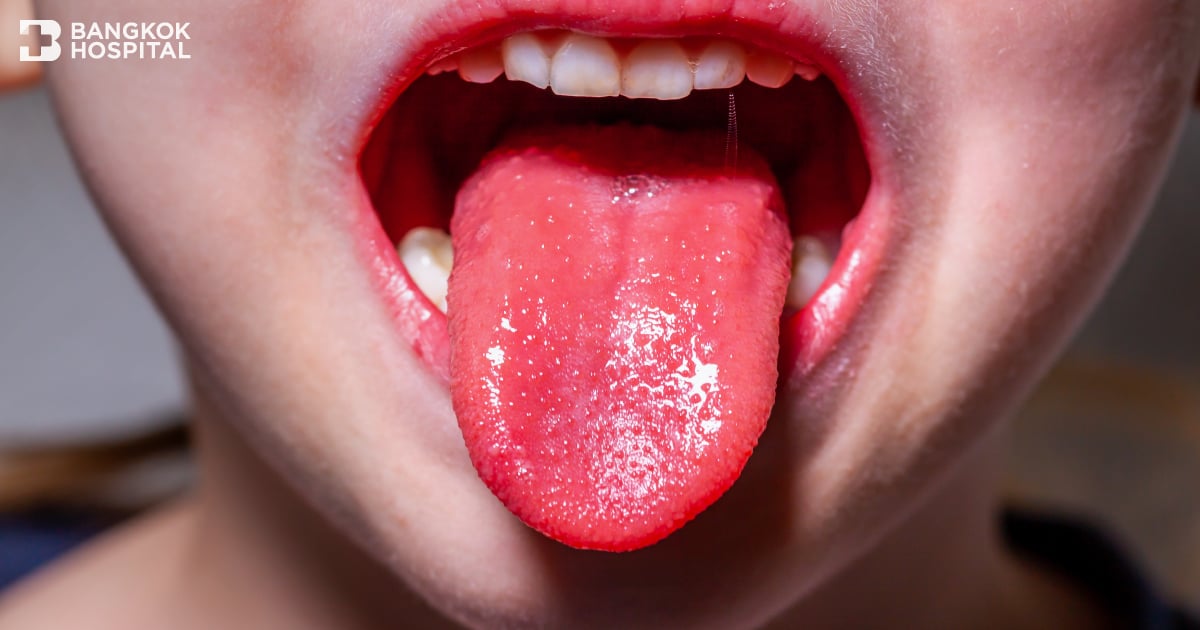Understanding your knee joints
The knees play an important role in any form of movement – such as standing, walking, running, jumping, etc. They support the entire body weight and bear the pressure of muscle compression around the knees. When you stand or walk, there is friction within the knee joints; and this causes the joints’ degeneration. So, you need to do the following:
- Lose weight, in case you are overweight, or try not to put on too much weight.
- Avoid activities that put pressure on your knees – such as kneeling, sitting cross- or fold-legged, squatting, standing for extended periods, lifting weights, etc.
- Exercise to strengthen your knees. When performed regularly, the exercise will help strengthen and tighten muscles around the knees for better movements.Sit on a bed or chair, extend and straighten a knee. Hold the pose for 5 seconds. Do 10 repetitions on each leg, 2 times a day. You can attach a sandbag to increase weight, as needed.
- If you experience severe pain during your initial knee exercise, do not put much weight on the affected knee. Apply a bandage to secure the knee and reduce friction. After the pain has subsided, you can start exercising regularly twice a day.
- Consult a doctor if the condition does not improve.
Symptoms of knee osteoarthritis
- Pain around the knee when getting up after prolonged sitting.
- Knee pain when climbing stairs.
- Feeling weak or pain in the knee after walking or standing for a long period of time, and cannot walk further.
- Swelling around the knee, warm to the touch. If the condition is severe, the knee will be bent out of shape when walking or standing.
Golfers with knee osteoarthritis should adjust their game
Golfers with arthritic knee pain will have difficulty bending their knees while addressing and hitting the ball. The pain makes their swings steeper. To counter this, follow an exercise regime that will increase upper body flexibility and prevent injuries, such as:
- Stand with your toe-out position to lessen the torque around your knees.
- Golf shoes with no or soft spikes are recommended to reduce the torque around your knees.
- Use equipment that will help reduce stress on your knees, such as lighter iron with graphite shafts to help increase distance, etc.
- When you return to the fairway, initially you should use a short iron and a smaller swing; to soften the torque around your knees. Once your condition has improved, you may then gradually extend your swing.
- Regularly exercise to strengthen the muscles around your knees to boost their strength and delay the degeneration.








